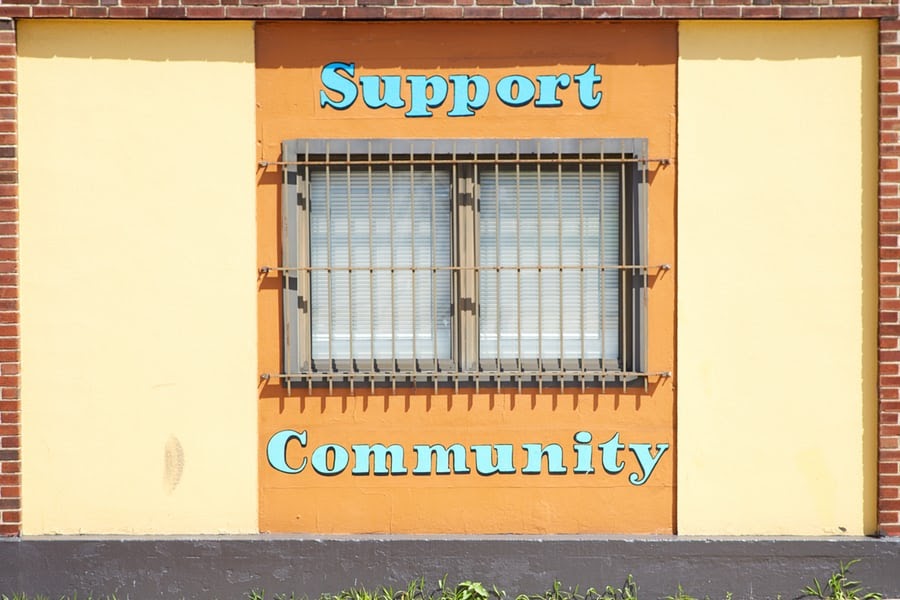It has well understood that substance and alcohol use can affect work productivity and output and grows absenteeism and health-related issues. In response to the performance and productivity loss caused by alcohol, employee assistance programs, or EAPs, were introduced in the 1940s by the United States Office of Personnel Management (OPM) publishes. Usually working in certified alcohol treatment programs, EAPs have changed as employers familiar that alcohol was not the only thing negatively affecting worker’s productivity.
The 1980s saw healthcare cuts and ascending back of EAPs, preventing the availability and importance of the program and resulting in long waits for services. In recent years, their services have ramped up again. The occurrences of September 11th, 2001 further changed the face of EAPs due to the improved demand for post-traumatic stress disorder (PTSD) services. The program starts to include emergency planning, trauma support, and incident debriefing.
Nowadays, numerous corporation and companies have employee assistance programs in place that provides services for the following concerns:
- Financial struggles
- Mental health issues
- Drugs abuse issues
- Loss of closed one
- Workplace disputes
- Family problem
- Legal issues
- Childcare and transportation concern
- Emergency preparedness concern
- Eldercare concern
The National Institute on Drug Abuse (NIDA) states that employee assistance program provides counseling and short-term assistance for an individual requires help with drug or alcohol abuse. They can offer resources to additional treatment options that can improve workplace productivity, attendance, and constant drug-free existence.
Using an EAP
Though many large companies and few smaller ones that provide EAP services to their employees, the LA times publishes that 4-5 percent of people who have access to these programs use them. This might be in part associated with social stigmas related to EAPs as there is a common misconception that people who use these services must do so because they are in anxiety for something such as failing a drug test.
It also may be hard for the individual to reach out for help, believing that to do so is to indicate they are weak. Every individual suffers from stress, though EAPs can help people to accomplish common difficulties. The National Survey on Drug Use and Health (NSUDH) indicates that in 2014, over 21 million people in the US struggled with alcohol and drug addiction denote that one out of every 12 American adults battled with the disease of addiction making it a communal disorder that affects over 8 percent of the adult population in this country.
The employee may understand that these services occur or that they are private. Employers do not have access to personal information regarding employees who use EAP services. They may appeal to collected data on the services, but these statistics are common and not specific.
Employee assistance programs are entirely private, and OPM reports that there are laws in place, protecting the confidentiality of people using services for alcohol and substance abuse. These histories cannot be shared without the expressed consent of the employee. Therefore, jobs can be protected.
EAP services might also offer help transitioning back to work after an absence for addiction treatment programs or services. The organization may have definite rules about their EAP and private.
Employees are encouraged to investigate with their human resources department directly to find out more. Employee assistance programs are generally open to family members of employees who are covered under the same health insurance as well as to the employee themselves.
EAP may also be accessible by health insurers as a complementary element of their behavioral healthcare services. EAP services are accessible to all employees, including managers and those who already have comprehensive healthcare coverage. This kind of EAP are frequently available via telephone or online, and a program might offer face-to-face counseling.
Employees may even call their EAP at any time to request advice or other services. EAP usually have a 24-hour local hotline set up for employees to use in need of emergency or anytime when they need to talk to a trained professional.
When communicating the EAP provider, generally, all an employee will require to use is this name company where he is presently working in order avail services, further protecting privacy. Employees do not need to notify their employers that they are contacting EAP. Services are usually given off-site as well.
Drug-Free Workplace
For an organization to be measured in a drug-free workplace by the federal government, they must have EAP in place, OPM reports.
The EAP must be free for employees to contact and open to all employees. It must offer quality education, counseling, direction, and referrals for rehabilitation services, and it must synchronize with local and available community resources.
Employees and family members may look for and use EAP services as an early step in the addiction treatment process and then offer resources and referrals to additional services and programs required. Certified EAP providers can direct employees to get the support they need and counsel them on their right. They can also update employees regarding available resources.
The objective of an EAP is to sustain balance in the workplace and to increase productivity. Healthy and well-balanced employees are happier and more productive, absent less and more expected to report job satisfaction than those who aren’t. To attain these goals, an employee assistance program can support employees to gain access to the necessary resources to manage issues with alcohol and substance abuse.


Recent Comments